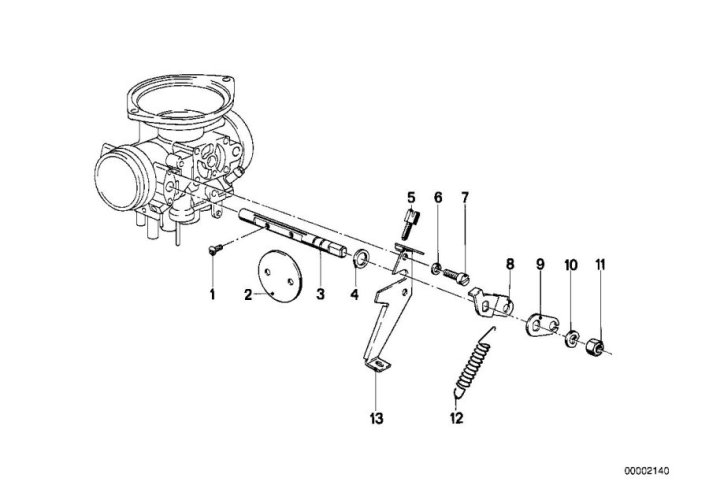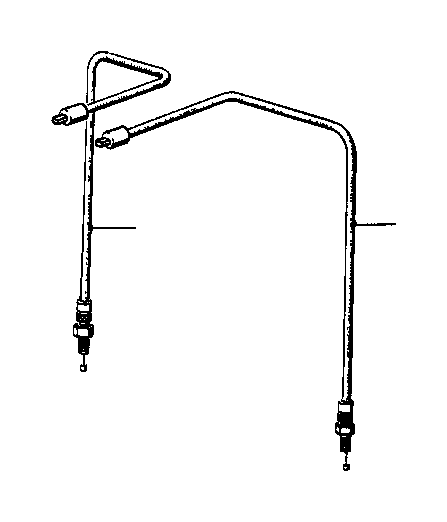stevenrankin
Active member
cable adjustment
I would focus on getting your cables adjusted properly.
If you turn the bars and the idle speeds up, yes, they are too tight.
I will adjust my mantra a bit. First get the cables to the point where they allow the carbs to reach idle. No more than 900 RPM.
Then when you are sure you are actually idling, You can check timing. Yes, timing advances with throttle, So if the bike is not at idle, you will be off on your timing setting if you get my drift.
You can adjust all you want on the idle mixture to no avail if the cables are so tight the carbs are not in the idle position.
Worry about jetting later after you get the cables adjusted, the timing adjusted and finally the idle mixture. Then ride the bike and see how it runs.
That is a different topic. St.
I would focus on getting your cables adjusted properly.
If you turn the bars and the idle speeds up, yes, they are too tight.
I will adjust my mantra a bit. First get the cables to the point where they allow the carbs to reach idle. No more than 900 RPM.
Then when you are sure you are actually idling, You can check timing. Yes, timing advances with throttle, So if the bike is not at idle, you will be off on your timing setting if you get my drift.
You can adjust all you want on the idle mixture to no avail if the cables are so tight the carbs are not in the idle position.
Worry about jetting later after you get the cables adjusted, the timing adjusted and finally the idle mixture. Then ride the bike and see how it runs.
That is a different topic. St.



